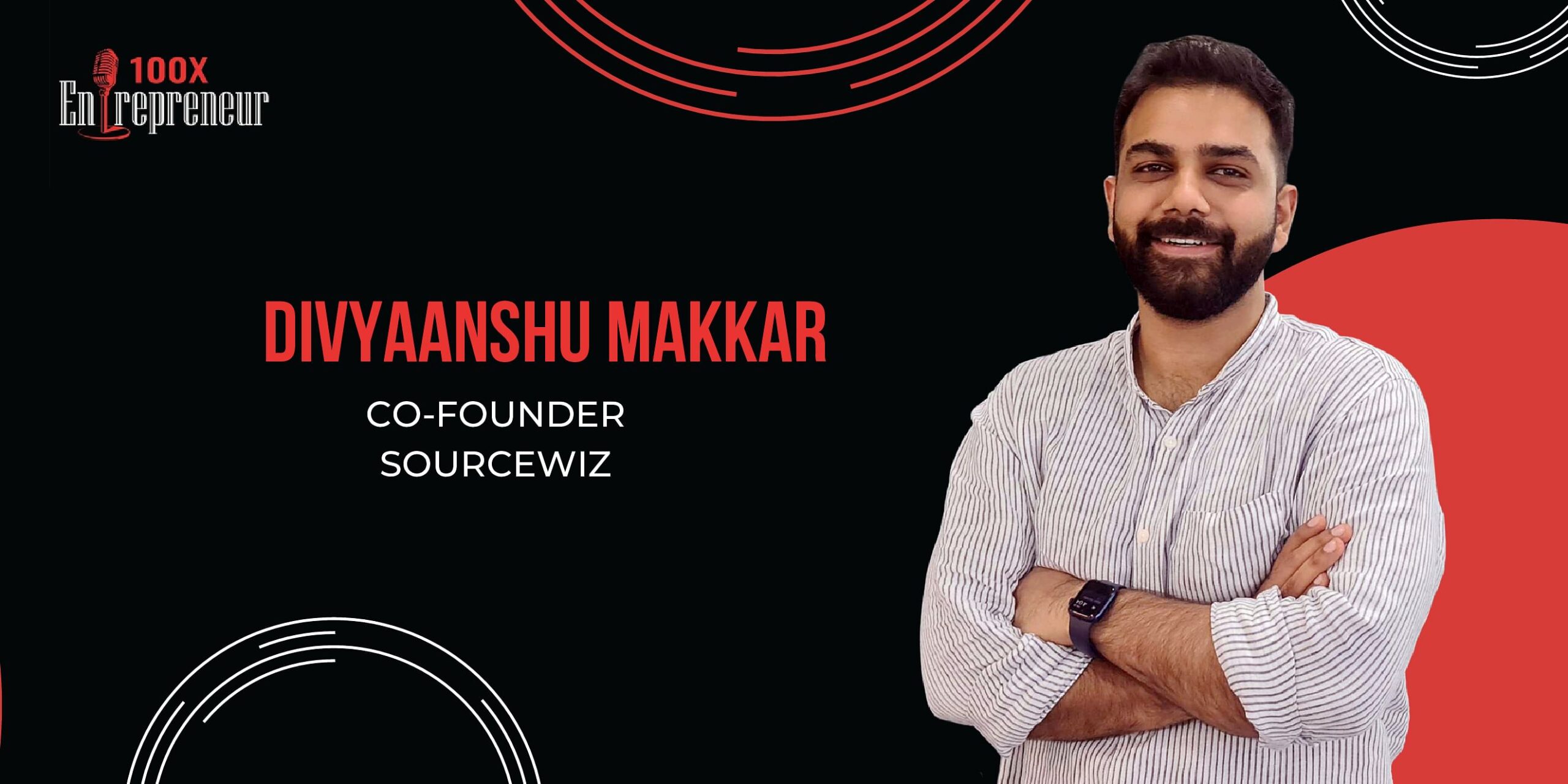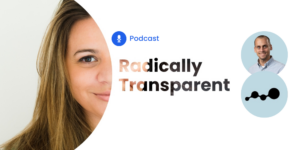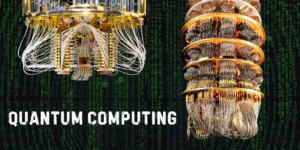Delhi-based Divyaanshu Makkar had only one goal while enrolling in the Btech course at IIT Delhi: to take the highest paying job when he got out of college and resolve money-related woes.
He ended up joining the EY-Parthenon group, a Mumbai-based management consulting firm after graduation.
Years later, he embarked on the path to entrepreneurship with his first venture in the edtech space, Connect2 Teach in London, and then again with SaaS startup Sourcewiz in 2021.
In the latest episode of the 100X Entrepreneur Podcast, Divyaanshu reflects on his journey: from being an entrepreneur to becoming a VC and then returning to entrepreneurship, his learnings and networks from his VC period, and more.
Entrepreneurial journey
Divyaanshu has been a founder previously then became a VC with EY- Parthenon group to see how VCs see founders differently, how VCs evaluate etc.,
“Very interesting couple of years there. Typical work, strategy, consulting, private equity due diligence, but it gave me the exposure that I really needed. I was able to save enough money to take a risk and start my first company. I ran Connect2Teach for about two years,” Divyaanshu recalls.
With Connect2Teach, he was building software solutions for higher education. Divyaanshu ran that for about two and a half years after which he couldn’t scale the business as anticipated due to various factors.
“My co-founder and I had very different ambitions. She came from a family business background and would have been happy with a profitable, small-scale, recurring business. But at 24, my ambitions were very, very different, especially coming from IIT, and seeing what was happening around me in the world of technology and how fast companies were scaling,” he recalls.
This, along with COVID, changed his plans, delaying his MBA at the University of California, Berkeley, by a year. A VC firm then seemed like a great option and
he soon dropped out of college to join the VC firm Bessemer Venture Partners. Here, he focused on edtech and consumer tech for India/SEA and enterprise/SMB SaaS being built from India/SEA for the world.
“I joined the firm to build a founder network of my own. I really wanted to see other people’s journeys and learn from them. So it was the perfect place to do all that. So I worked with a VC for a year.”
Learnings and lessons
Through his VC journey, Divyaanshu found the manufacturing space to be “interesting”. As he started exploring the space further, he “figured out some problems, built some prototypes and got very good traction”.
As he always wanted to be an entrepreneur, moving from being a VC to an entrepreneur was easy.
“I realised that the skills that you learn in VCs are not really applicable to what you will do as an entrepreneur. That became very clear to me very quickly. The first 0 to 1, 1 to 100, is a very different skill set. So I knew that if I continue longer in VC as a skill set, I’m probably not building anything towards my startup. If it was an operating role, I could probably have taken some learning and applied,” Divyaanshu says.
To know more, listen to the podcast here:
03:53 – Early career and background in venture capital prior to Sourcewiz
07:35 – What made him return as an entrepreneur?
09:38 – Learnings from mistakes from his previous venture
13:02 – Mistakes he observed other founders make while being a VC
15:04 – Key criteria while selecting a market from a VC’s lens
20:03 – Zoho Sponsored – Prashant Ganti on where do founders struggle with payroll and how can they fix it?
21:58 – Quitting at Bessemer Venture Partners to starting up Sourcewiz
31:10 – Connecting with Sajith Pai from Blume Ventures
35:02 – Identifying and focusing on the problem statement within SaaS
41:08 – Getting the first paying customer
44:45 – Figuring out a scalable GTM for Tier II customers
47:34 – Acquiring 400+ paid customers in the first year
49:20 – Building a marketplace and the current traction
53:59 – His path to a $1M ARR and then $10M ARR
56:16 – Building mechanism for scale
1:00:34 – Unknowns in the market
1:02:12 – Closing the second round of seed funding with Matrix Partners India
1:05:02 – Selection criteria for angel investors
1:06:44 – Do’s and don’ts for new founders






![Read more about the article [Weekly funding roundup May 25-31] VC inflow sees marginal increase](https://blog.digitalsevaa.com/wp-content/uploads/2024/05/Weekly-funding-roundup-1670592545805-300x150.png)
![Read more about the article [Startup Bharat] Meet the BITS Pilani engineer who built a video content startup from Rohtak](https://blog.digitalsevaa.com/wp-content/uploads/2021/06/SB-1623331365751-300x150.png)


